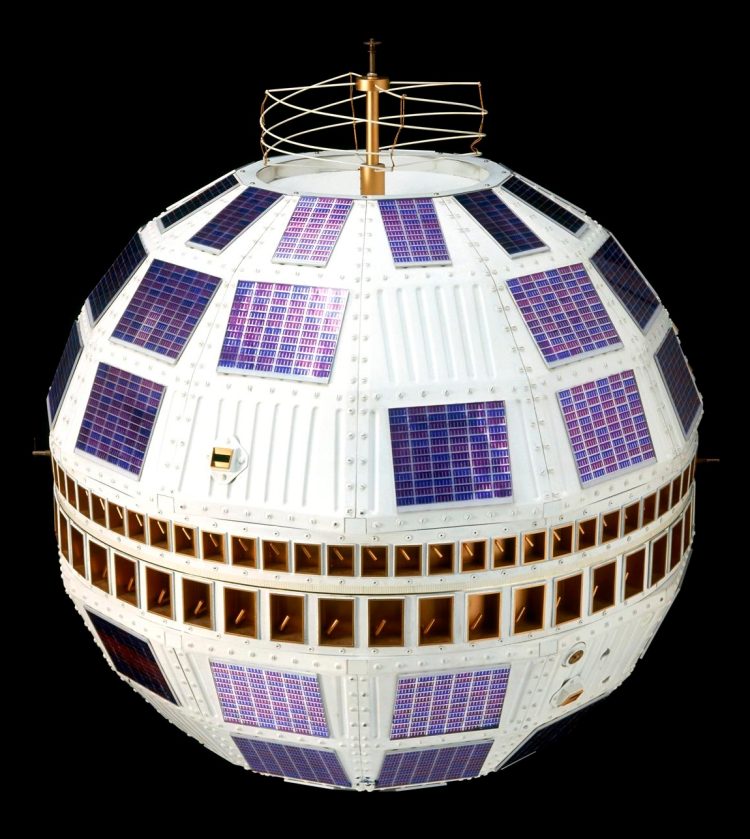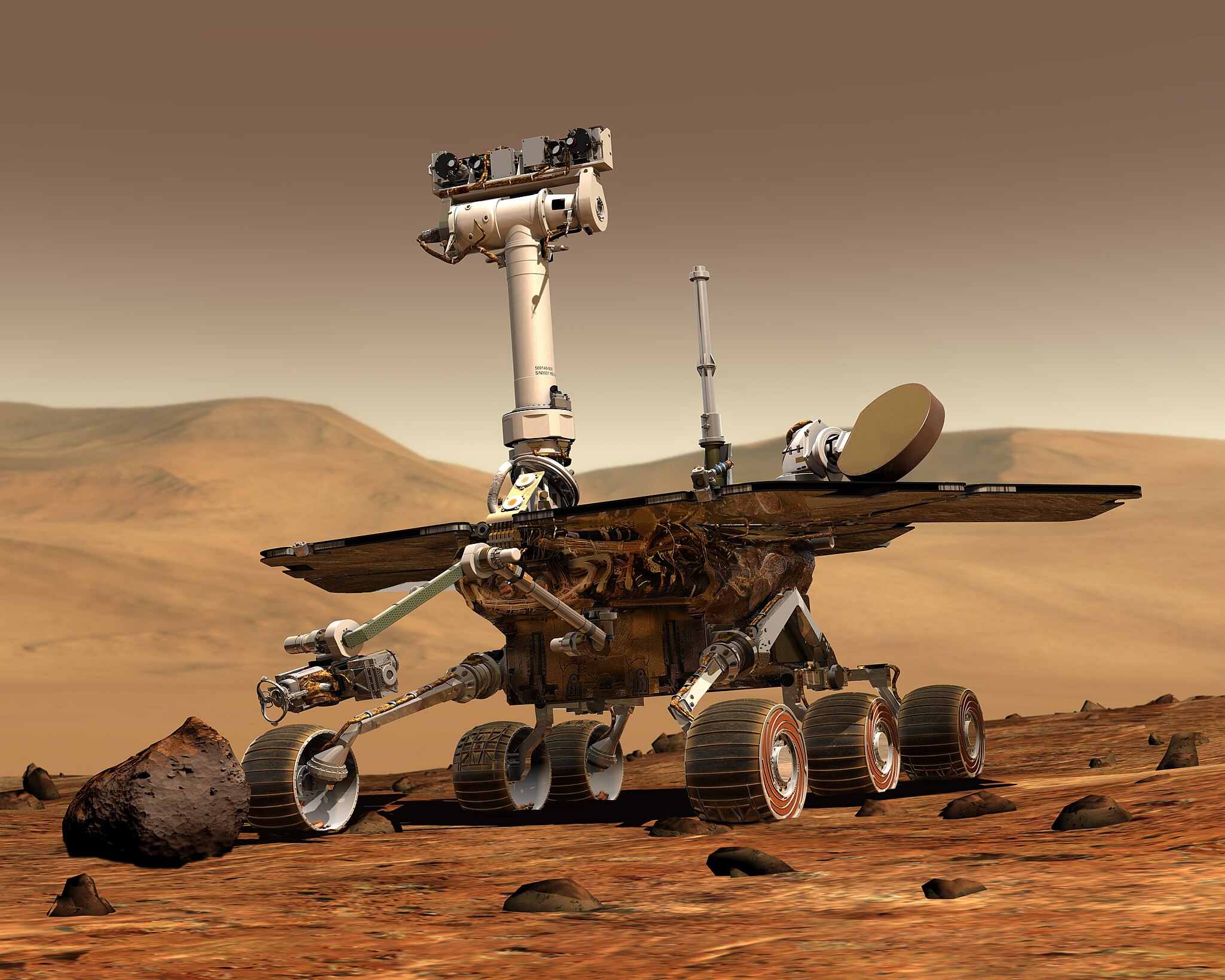The Birth of Telstar 1
In the midst of the Space Age, a remarkable satellite named Telstar 1 was launched into orbit on July 10, 1962. Developed by a collaboration between American and European engineers, Telstar 1 was the first-ever active communications satellite that enabled live television broadcasts, telephone calls, and data transmissions to be relayed across continents and around the world.
The Technical Specifications
| Launch Date | July 10, 1962 |
|---|---|
| Launch Vehicle | Delta rocket |
| Orbital Type | Geostationary |
| Weight | 77 kilograms |
Revolutionizing Communication
Telstar 1 functioned by receiving signals on one frequency band, amplifying them, and then transmitting them on another frequency band. This allowed communication signals to be transported over long distances without degradation, opening up new possibilities for global communication.
The satellite’s ability to receive and transmit signals opened up a new era of live television transmission across the Atlantic Ocean. On July 23, 1962, Telstar 1 successfully relayed the first live transatlantic television signal, transmitting footage of the American flag in Andover, Maine, to Goonhilly Downs in Cornwall, England. Millions of viewers witnessed this historic moment as the telecast was simultaneously broadcast in the United States and Europe.
Impacts on Communication and Society
The successful launch of Telstar 1 marked a turning point in global communication. It bridged the gap between continents and brought people around the world closer, paving the way for future developments in satellite communication. Telstar 1 demonstrated the potential of communication satellites and made it clear that a new era of global connectivity had begun.
Thanks to Telstar 1, the world became a smaller place. It revolutionized international television news coverage, making it possible to transmit live reports from any corner of the world. Telecommunications companies started exploring the possibilities of long-distance telephone calls, leading to the development of undersea fiber optic cables and further advancements in satellite technology.
Furthermore, Telstar 1 inspired future generations of engineers, scientists, and visionaries who aimed to push the boundaries of communication technology. It demonstrated the power of innovation and the ability to bring the world together through advanced satellite systems.
The Legacy of Telstar 1
Telstar 1 was operational for only a few months, but its impact on communication technology and society was immense. It paved the way for a network of communication satellites that now play a crucial role in global connectivity, providing television, internet, and telephone services to billions of people worldwide.
Today, Telstar 1 remains an iconic symbol of humanity’s achievements in space and communication. Its legacy lives on as a testament to the power of innovation and international cooperation, reminding us of the possibilities that lie within our reach when we dare to dream big and push the boundaries of what is possible.









